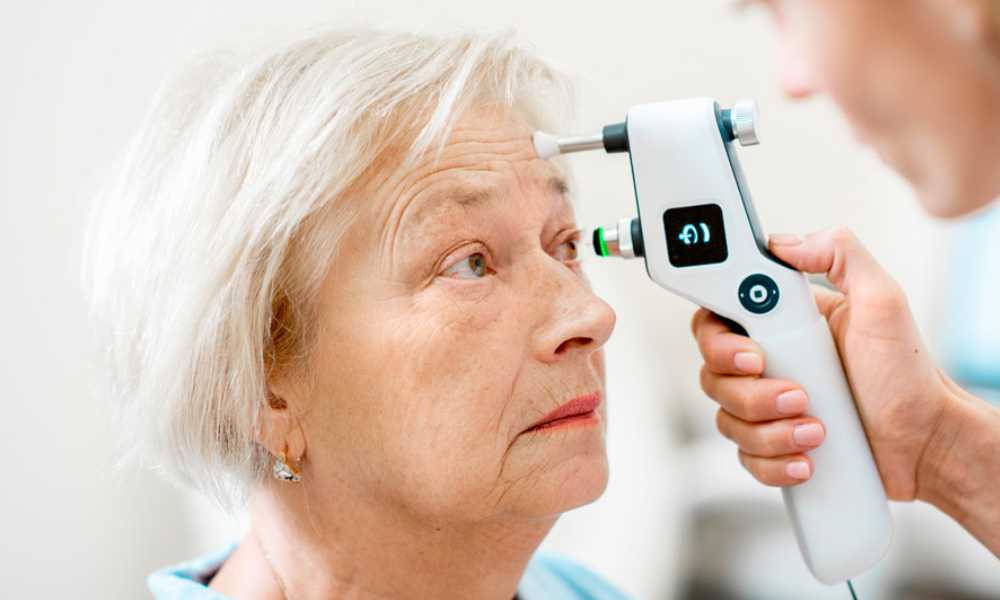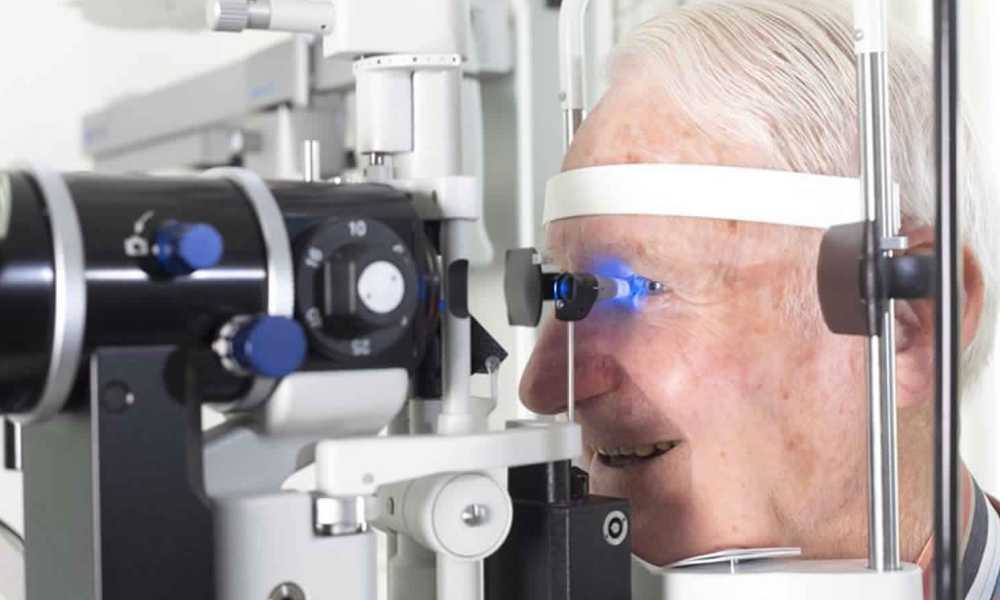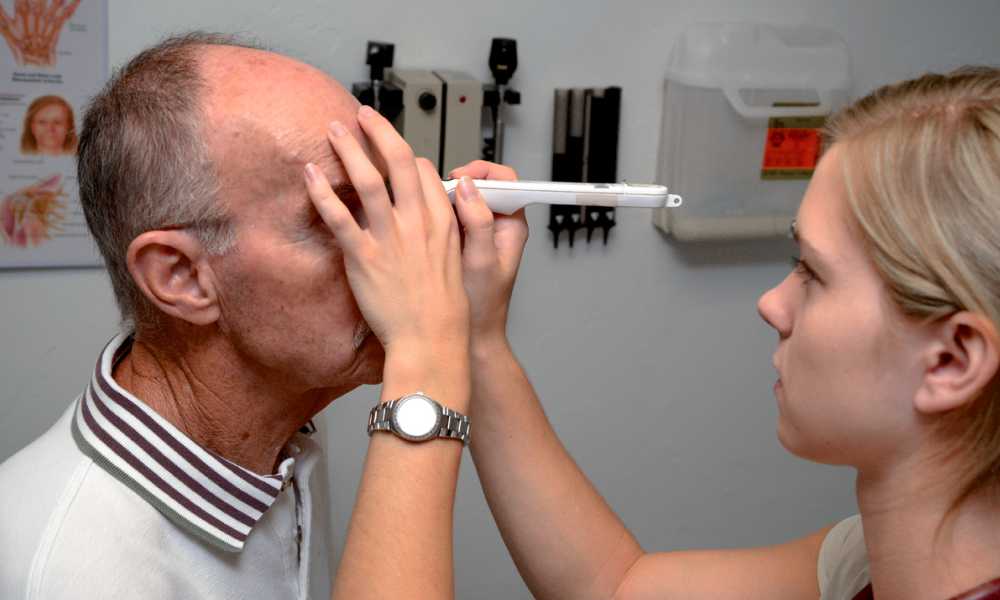 What is a Tonometry test?
What is a Tonometry test?
Jan .19.2022
What is a Tonometry test?
Our eyes are filed with various types of fluid that bathes and nourishes the eye and drains out of the chambers with new fluid being formed. In some cases, the fluid drains too slowly, causing pressure build-up. Tonometry uses a device called tonometer to measure the pressure inside the eye. This pressure is actually the ratio between the amount of aqueous humour produced in the eye and the ease with which it leaves the eye.
 Glaucoma and tonometry
Glaucoma and tonometry
Jan .18.2022
Tonometry is a diagnostic test that measures the pressure inside your eye, which is called intraocular pressure (IOP). This measurement can help your doctor determine whether or not you may be at risk of glaucoma.
Glaucoma is a serious eye disease that can eventually lead to vision loss if untreated. In most cases of glaucoma, the fluid that normally bathes and nourishes the eye drains too slowly, causing pressure to build up.
Without treatment, the increased pressure can eventually harm your optic nerve and cause vision loss. According to the American Academy of Ophthalmology (AAO), glaucoma is one of the leading causes of blindness in adults over the age of 60.
The changes caused by glaucoma are often painless and can progress for years without you noticing. A tonometry test is critical for detecting the changes early.
If your test results come back abnormal, your eye doctor will recommend additional testing to confirm that you have the disease.
 How To Properly Use a Tono-Pen
How To Properly Use a Tono-Pen
Jan .05.2022
Tonometry, the measure of intraocular fluid pressure, is one of the most important aspects of ophthalmology. By measuring the level of pressure in the eye, ophthalmologists can determine whether a patient may have glaucoma, a condition in which damage to the optic nerve results in blindness. By diagnosing and intervening, eye doctors can hope to stop the onset of glaucoma and protect what vision the patient still has.
 What is a Tonometry test?
What is a Tonometry test?
 Glaucoma and tonometry
Glaucoma and tonometry
 How To Properly Use a Tono-Pen
How To Properly Use a Tono-Pen